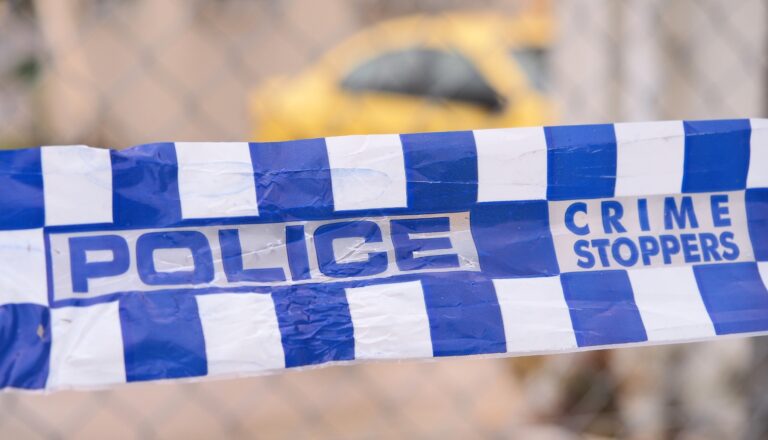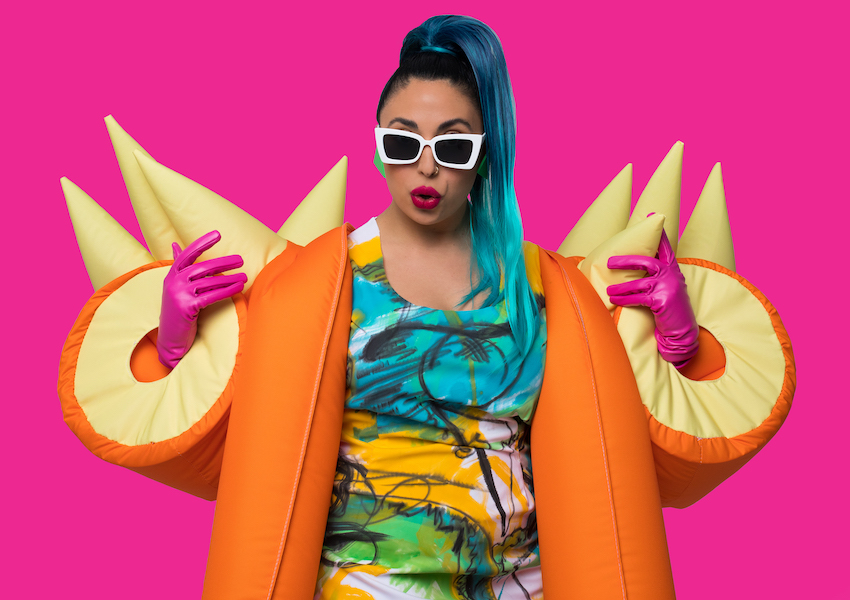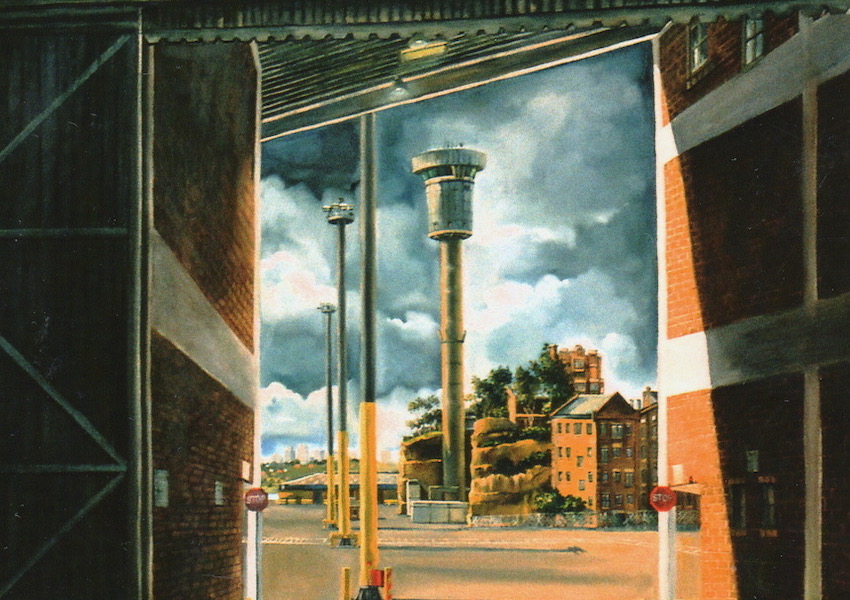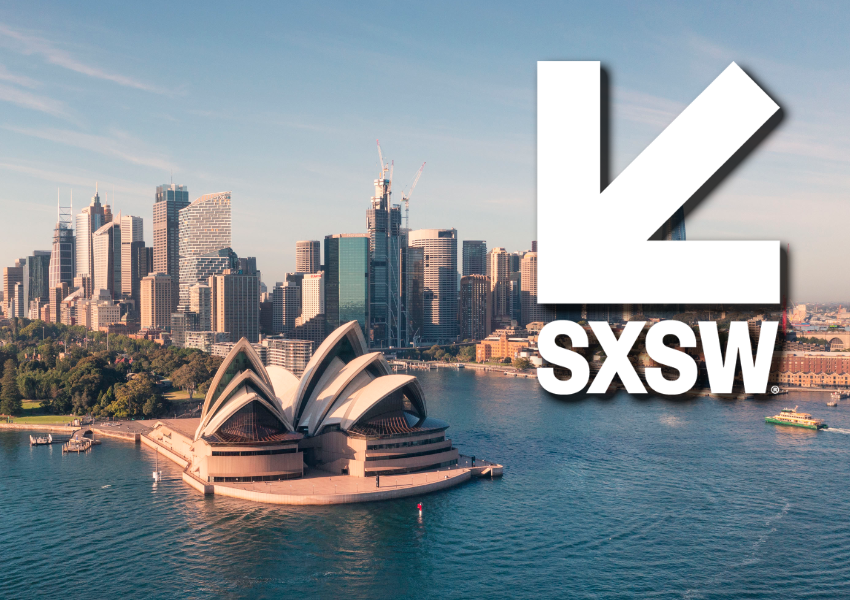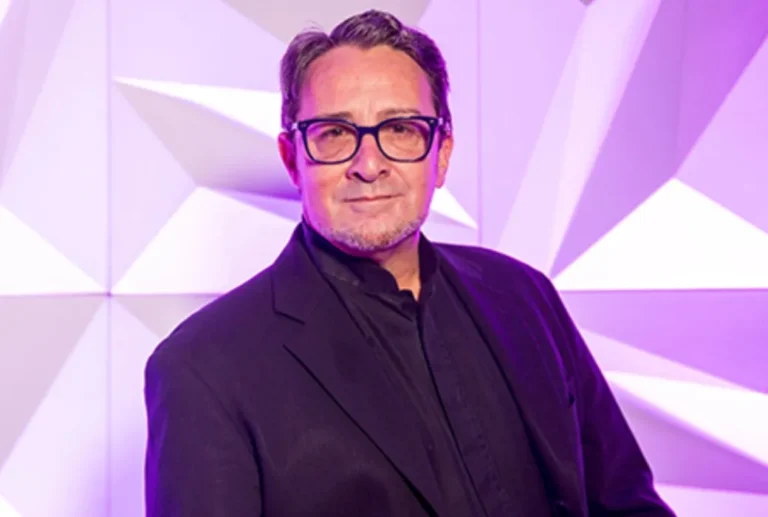
FESTIVAL: SYDNEY DESIGN 08
BY AMELIA GROOM
Now in its 12th year, the Sydney Design festival is on again, celebrating excellence in home-grown and international design. The program includes exhibitions, symposiums, talks, tours, markets, films and other events at the Powerhouse Museum and satellite venues around the city, for 17 days from August 8.
As part of the festival, the Powerhouse is hosting Modern Times: The Untold Story of Modernism in Australia, an exhibition documenting a movement that transformed Australian cities and culture across five tumultuous decades from 1917 ‘ 1967.
‘We thought long and hard about whether we could make the claim to be giving an untold story,’ says curator Ann Stephen, ‘but really this is the first exhibition to show the breadth, complexity and interdisciplinary nature of Modernism in Australia.’
Other exhibitions have focused on individual designers and artists, or on specific aspects of the movement, says Stephen, but Modern Times takes a wide and inclusive look at things as broad as architecture, abstract art, city planning, fashion, furniture, film, photography, cars, freeways, skyscrapers, fountains, swimming pools and milk bars.
The first half of the twentieth century was marked by world wars, economic depression, a technological revolution and major social upheaval. Modernist ideology arose and was all about embracing practicality, progress and technology. According to Stephen, ‘it changed Australia from a rural culture that was still very British, into an international, cosmopolitan place.’
It was an era when Australia was navigating its way onto the global stage, and according to Stephen, ‘design was absolutely crucial in promoting Australia to the world, and the government invested heavily in things like Australia’s presence in international expositions and world fairs.’
One of the biggest cornerstones of the international Modernist movement was the Bauhaus school in Germany, and Modern Times shows how the ideas from there came to be adopted in Australia. Ludwig Hirschfeld-Mack, who ran the first colour classes at the school in the early 1920s, was deported to Australia as an enemy alien in 1940 and popularised Bauhaus principals here as an artist and teacher.
‘There was a whole generation who picked up on [Hirschfeld-Mack’s] work,’ says Stephen, ‘with Melbourne’s Gallery A and that scene in the early 1960s forming a forming a little Bauhaus in Melbourne.’ A film reconstruction of his early Colour Light Play will be shown in the exhibition for the first time in Australia.
The Bauhaus also made a profound impact on the architect Harry Seidler, whose 1948 studio designed on his arrival from New York will be recreated in the exhibition. He was schooled by Bauhaus luminaries Walter Gropius, Marcel Breuer and Josef Albers, and played a key role in shaping the modern city in Sydney.
‘Modernist architecture had a huge impact on the culture of the city,’ says Stephen. ‘Seidler fought against the strict building height limits in Sydney, and if we look at Australia Square we can see how he believed in using vertical space, and also including room for public interaction on the street level, with public squares. Such ideas were adapted from Le Corbusier [the French modernist architect and visionary], amongst others.’
What Modern Times makes evident is that, in Stephen’s words, ‘Modernism was more than a style, it was a whole cultural movement – and it possessed a strong democratic impulse, a desire to build a better city and future.’
On show until February, the exhibition will comprise over 400 works from major artists like Sidney Nolan, Max Dupain, Margaret Preston and Grace Cossington Smith alongside key architects such as Harry Seidler, Roy Grounds and Robin Boyd, and designers like Douglas Annand, Fred Ward and Grant and Mary Featherston (whose talking chairs, pictured here, will feature in the exhibition), as well as many lesser known figures.
In conjunction with the Modern Times exhibition, the Powerhouse will host a symposium on Modernism’s enduring influence featuring Ann Stephen with Modernist designers Mary Featherston and Bob Woodward, architectural historian Professor Phillip Goad and art historian Andrew McNamara. For the full Sydney Design 08 festival program see www.sydneydesign.com.au.
Modern Times: The Untold Story of Modernism in Australia
August 8 ‘ February 2009
Powerhouse Museum
500 Harris St, Ultimo
9217 0111 or www.powerhousemuseum.com

